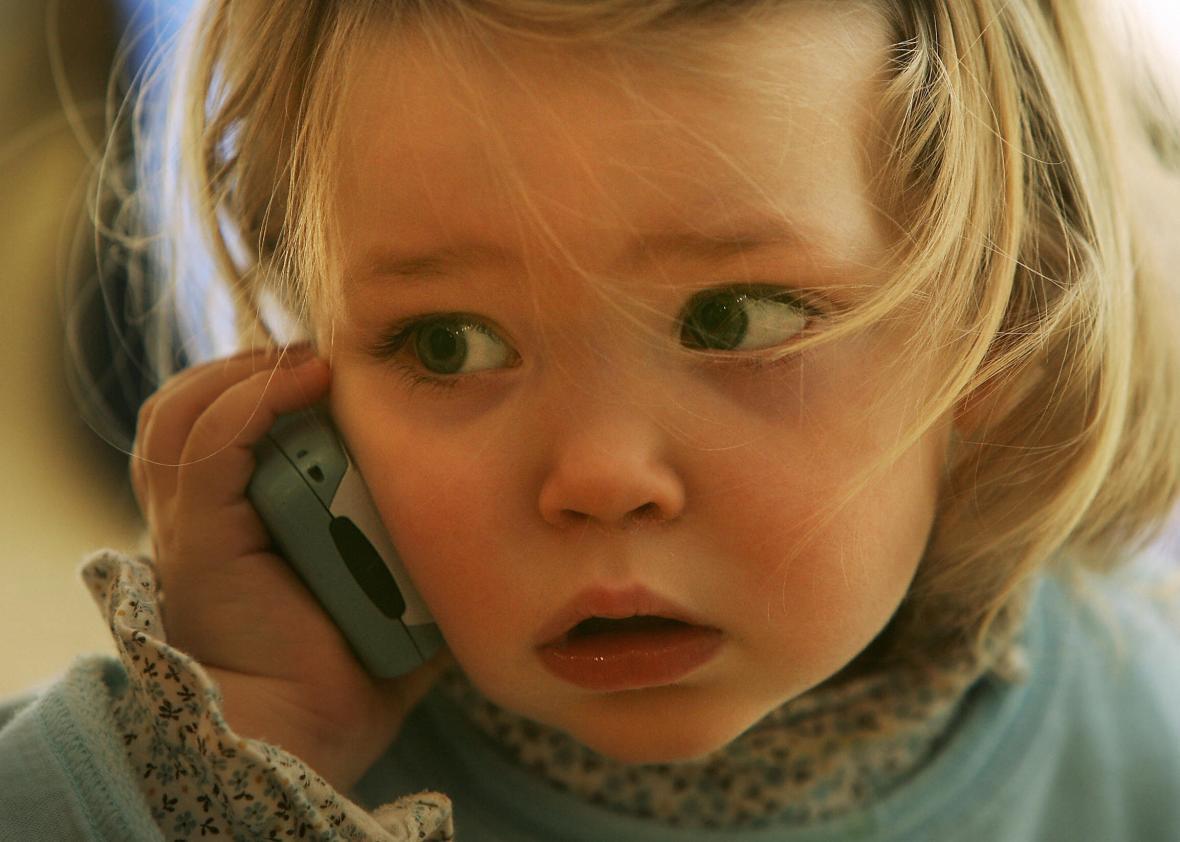A ballot measure in Colorado to ban the sale of cell phones to children younger than 13 was just cleared by Colorado officials, the Associated Press reports. The possible ban, which is backed by Parents Against Underage Smartphones, now needs to get 300,000 voter signatures—if it does, it would appear on the 2018 ballot.
The movement is being led by Tim Farnum, an anesthesiologist and father who was inspired to start the group and the ballot initiative after he had to take his then–12-year-old son’s phone away because he felt the constant use of it was having a psychological effect on him, according to the Coloradoan.
Opponents of the ban feel smartphone use should remain a family matter and a law like this would allow the government to interfere too much in private citizen’s lives. Democratic state Sen. John Kefalas is against the ban.
“I know there have been different proposals out there regarding the internet and putting filters on websites that might put kids at risk. I think ultimately, this comes down to parents,” he said to the Coloradoan. “Making sure their kids are not putting themselves at risk.”
If passed, the law would not quite ban smartphone use for kids—it would require stores that sell smartphones to show proof, in the form of a monthly statement to the Colorado Department of Revenue, that they asked customers the age of the phone’s primary user during a purchase. If retailers do not do this, they would receive a warning, and if the store becomes a repeat offender, they could face a $500 fine.
In 2011, the American Academy of Pediatrics issued guidelines that stated no children under the age of 2 should be watching television. The decision was controversial, and in October 2016, the AAP revisited it, stepping back from it and releasing a wider statement on how kids, primarily 5- to 18-year-olds, interact with various technologies.
That statement suggested that there are both negative and positive effects to media use for children. Among the positive effects, they listed “new ideas and knowledge acquisition, increased opportunities for social contact and support.” Some negative effects are added risk of exposure to “inaccurate, inappropriate, or unsafe content and contacts; and compromised privacy and confidentiality.”
The AAP does not suggest banning smartphone use for those under 13, but it does recommend that parents designate media-free times for the family and media-free locations, like the bedroom, make sure their children get adequate sleep and exercise, and address what kind of media their children are using.
Essentially, the AAP errs on the side of leaving monitoring of usage to families and pediatricians. An interesting supplement comes from a 2014 statement from Zero to Three, a nonprofit that seeks to give society the knowledge needed to support infants and toddlers, which suggests that parents don’t just need to limit their kids’ screen time, they should limit their own when they are interacted with their children, too. Both AAP and Zero to Three found that parents sharing screen time with their kids can be a good thing if the adults can make the experience more interactive and make sure children are using their minds and bodies. It might be harder for a parent to control the screen time of a pre-teen than a toddler, but realistically, even if the measure passes, it would be even harder for the state to accurately control screen time for those under 13.
